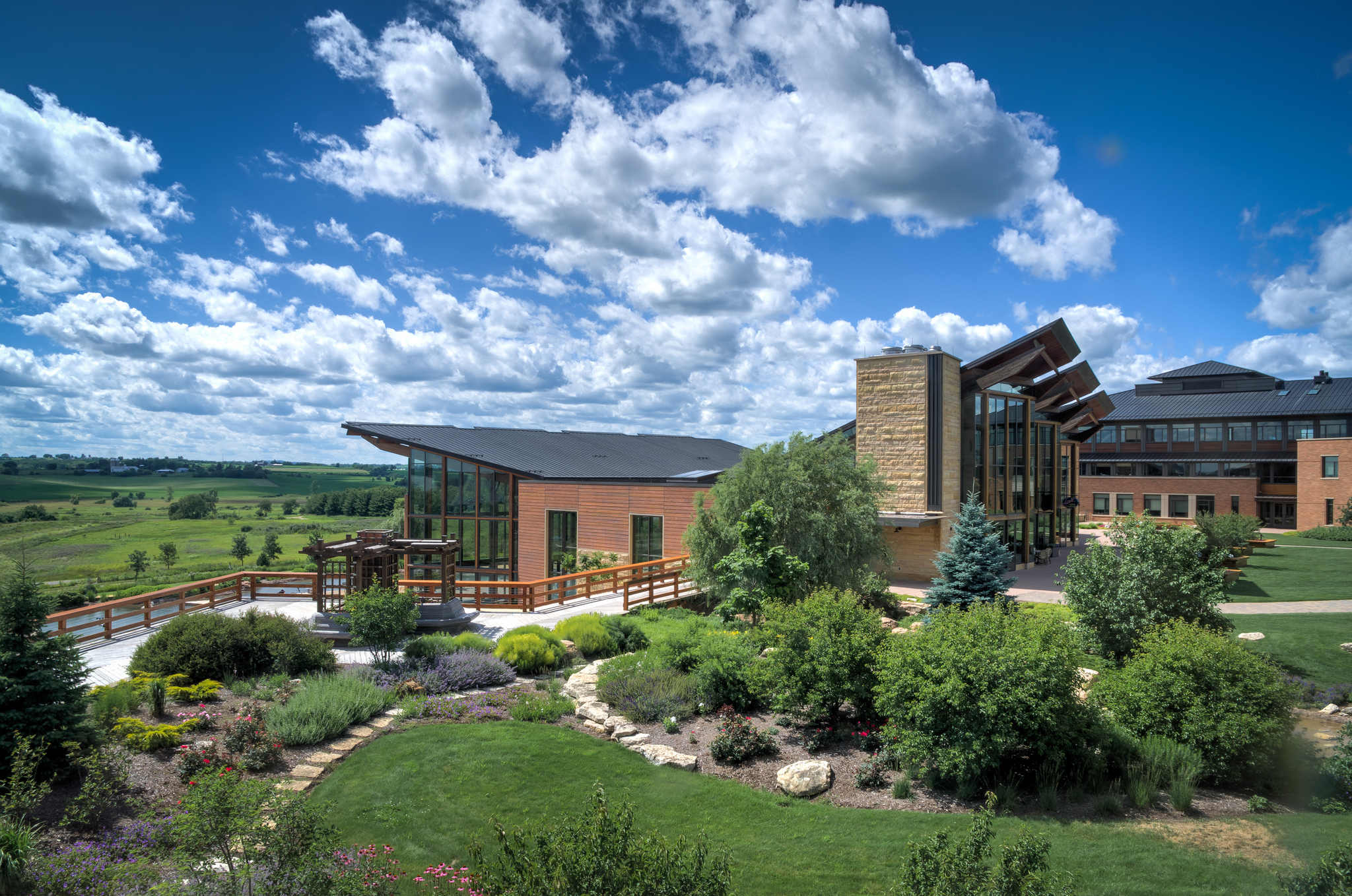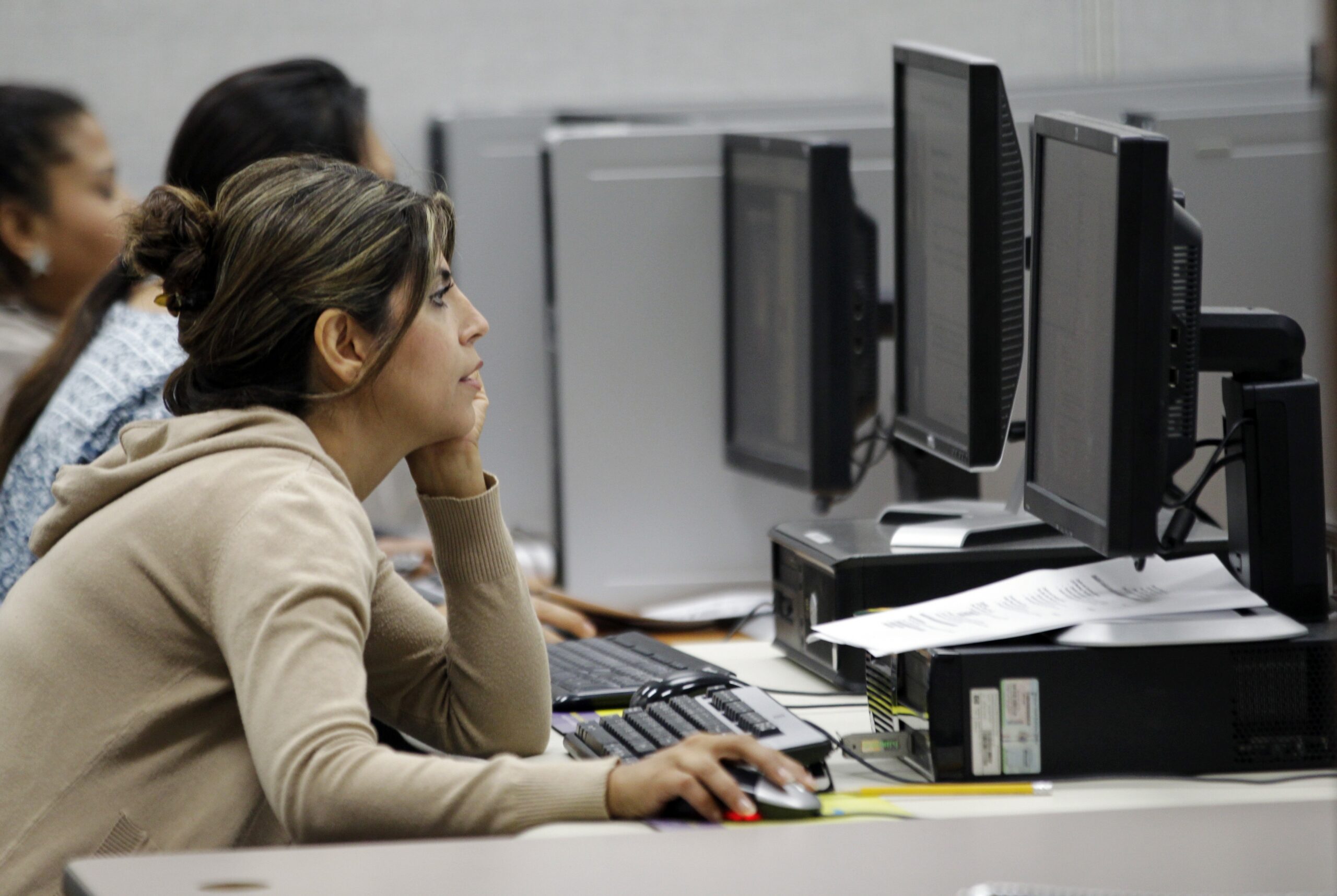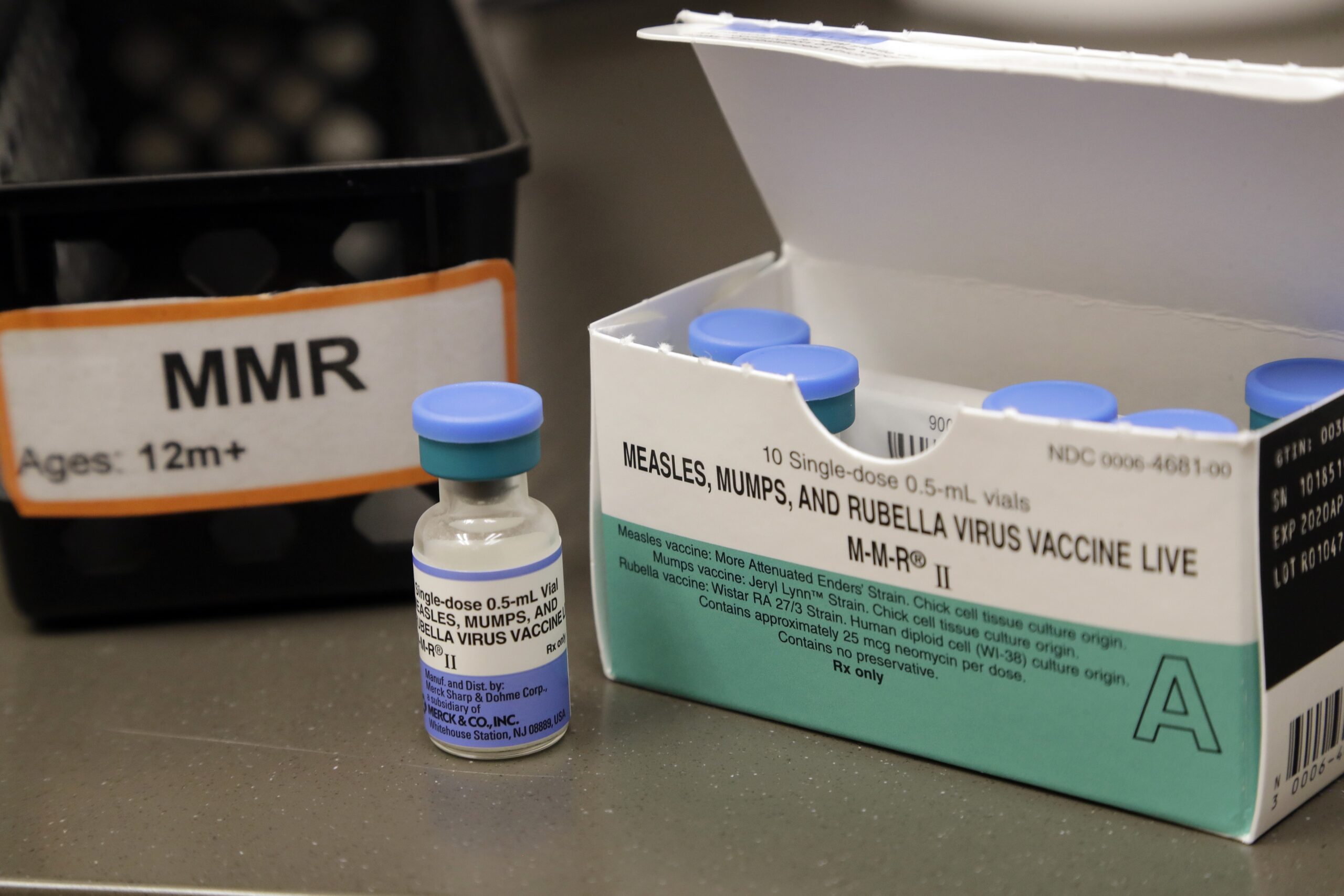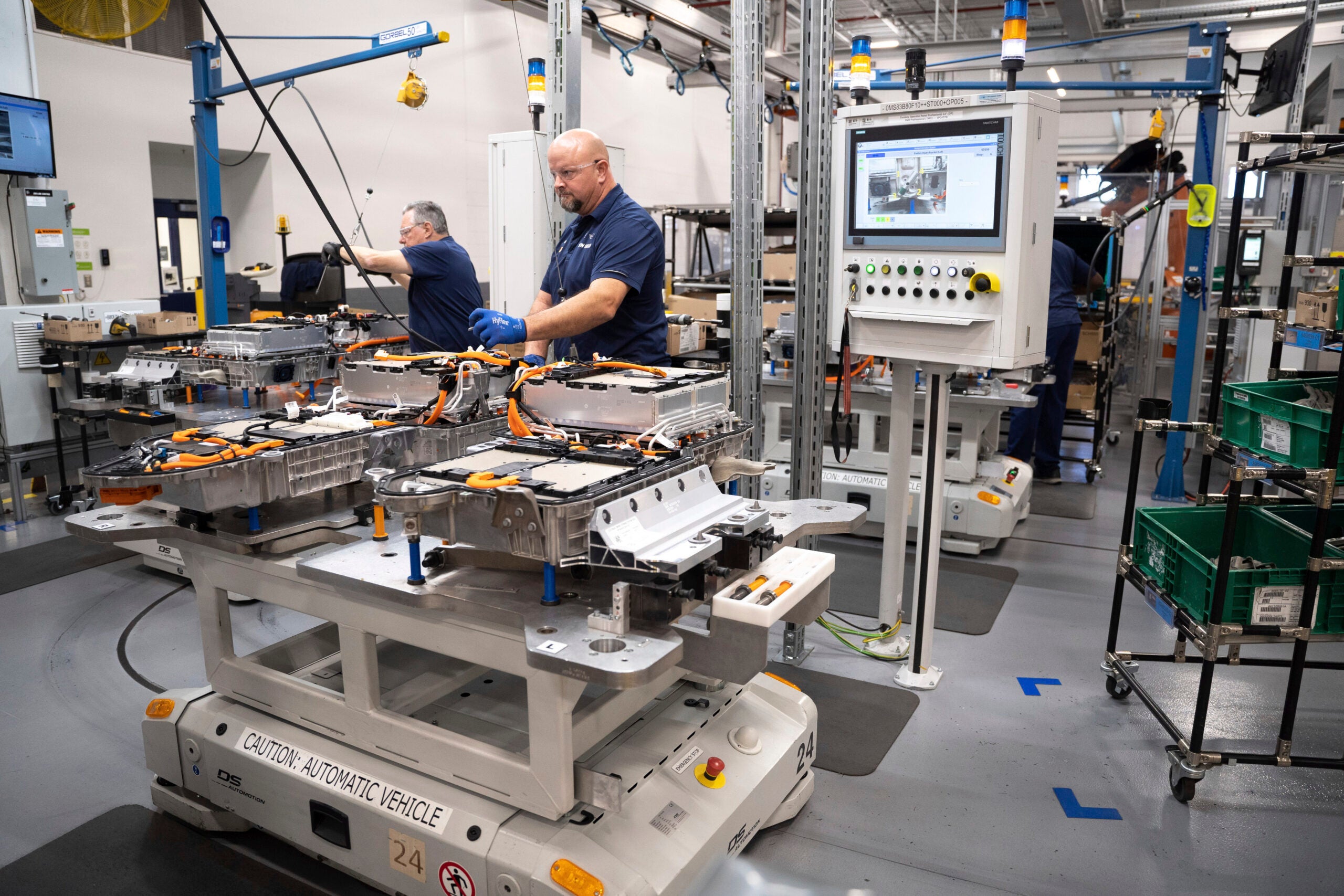Twenty-five-year-old Matt Gill grew up in the Fox Valley. After a stint at the University of Wisconsin-Oshkosh, he left Wisconsin last June.
“The reason I left is because I started working remotely after COVID, and my girlfriend got a job in Utah,” he said. “We will probably come back in the future to be closer to our family, but it depends on how her career goes.”
Gill works in information technology, or IT, while his girlfriend is a naturalist educator at a nature center in Utah.
News with a little more humanity
WPR’s “Wisconsin Today” newsletter keeps you connected to the state you love without feeling overwhelmed. No paywall. No agenda. No corporate filter.
But their story isn’t unique. Over the last decade, the state lost 106,000 people under the age of 26, according to a recent report by Forward Analytics, the research arm of the Wisconsin Counties Association.
If Wisconsin doesn’t improve efforts to attract and retain young people, its labor shortage could get worse by the end of the decade — but there’s no simple solution to address the issue. And, if demographic trends continue, the state’s working-age population could shrink by about 130,000 people by 2030, the report found.
“Attracting and retaining these young people is critical for Wisconsin,” said Dale Knapp, director of Forward Analytics, in a statement last September. “Attracting and retaining them would not only grow the current workforce, it would also help long term as many of these young adults will soon be starting a family and raising the next generation of workers.”
Doing so, however, requires a combination of promoting IT jobs already in the state, recruiting industries young people want to work in and embracing the state’s growing diversity, according to local government officials, researchers and regional economic development organizations.
Dave Egan-Robertson, a demographer for the UW-Madison’s Applied Population Lab, said Wisconsin has traditionally been an importer of high school graduates and an exporter of college graduates.
He said the state generally sees a net gain in people between 15 and 19, but experiences a net loss of individuals between 20 and 24.

“Once young people finish college, they’re attracted to slightly larger metro areas,” Egan-Robertson said. “A lot go to Minneapolis/St. Paul area, (some) like to go to Chicago (and) some go even further afield. It’s just sort of part of the life course of young people.”
Wisconsin’s image as a rural, agrarian state also could be playing a role in its struggles to appeal to young people, wrote Kurt Bauer, president of Wisconsin Manufacturers & Commerce, the state’s largest business association, in a 2016 trade publication.
While Bauer said the state should be proud of its agriculture sector, he argued it needs to rebrand itself to better reflect its diverse economy.
“Wisconsin needs to craft an image that accurately reflects and promotes our high quality of life and economic diversity,” he wrote.
The state’s overall population only grew by about 3.6 percent from 2010 to 2020, figures from the U.S. Census show. Over the same period, the U.S. population grew by about 7.4 percent.
Wisconsin has also become more diverse over the last decade. Its Hispanic population grew by nearly one-third, its Black population grew by 4.4 percent and its Asian American population grew by 36 percent.
Dane County, Northeast Wisconsin see success from IT, diversity efforts
About one-third of Wisconsin’s overall population growth came from Dane County, which added 73,431 people and became the fastest growing county in the state. Egan-Robertson said young people have become a major contributor to Dane County’s growth.
The county’s growth was fueled by its inclusivity and diverse economy, Dane County Executive Joe Parisi said. He pointed to Epic Systems Corp. in Verona as a key to the county’s growth as the company helped attract and retain college graduates.
“Epic provides those high quality tech jobs that young people are looking for, (and) we have a university that’s a great feeder system with its computer programming and other tech-related degrees,” Parisi said. “Now we’re seeing the benefits not only directly of Epic, but of spin-offs from Epic, people who are former employees who leave and start their own companies.”

He said Dane County has also positioned itself as a community that’s welcoming to people from diverse backgrounds.
“We have growing diversity among young people,” Parisi said. “Young people, while certainly they’re not a homogeneous group, embrace diversity and a warm, welcoming environment.”
Northeast Wisconsin has also seen encouraging trends in recent years. In 2021, the 18 counties that comprise the region saw the state’s largest gain in net migration of more than 4,300 people, according to Barb LaMue, executive director of the NEW North, a regional economic development organization.
She attributed the gain to career opportunities, enhanced broadband access and efforts to promote local tech jobs and embrace diversity.
On the IT front, one of the NEW North’s partner organizations, the NEW Digital Alliance, has worked to show local K-12 and college students that opportunities to work in tech aren’t limited to Silicon Valley, LaMue said.
She said those efforts have been done to ensure “students here in our region know that there are technology jobs here.”
“There’s so many things that touch information technology, so we’ve started to see some gains just because of the NEW Digital Alliance,” LaMue said.
Northeast Wisconsin has also become more diverse since 2010. The three counties that make up the Fox Valley saw their minority populations grow between 2.5 percent and 3.5 percent from 2010 to 2020.
To support the region’s diverse professionals, NEW North partnered with the Milwaukee-based organization Forward 48 to provide a leadership training and networking program to northeast Wisconsin’s young professionals of color, LaMue said.
“We know, unfortunately, we don’t have thousands and thousands of diverse populations,” she said. “So that means we just have to work a little harder (at) keeping the diverse talent that we have.”
Could some young people come back to Wisconsin in the future?
While the state struggles to appeal to young people, demographer Egan-Robertson said it does fairly well when it comes to attracting people in their 30s and 40s.
“When the Great Recession happened, even though total migration was really low, we still had some people in that age 35 to 54 (range) migrating in,” he said. “Generally, they were at the age where they had young kids, so we still saw an increase in the number of children in that decade.”
In fact, the Forward Analytics report found that from 2017 to 2020, the state had a net increase of 1,128 people between the ages of 26 and 54, and the average family size of those moving to the state was roughly 10 percent larger than those leaving Wisconsin.
The report’s author, researcher Kevin Dospoy, said in October that promoting Wisconsin as a good place to raise a family is one way the state could work to offset its struggles in recruiting and retaining young people.
“It looks like what we’re seeing is that younger people are moving for jobs or school,” Dospoy said. “But when they start raising kids and having families, they move back to places like Wisconsin because we are such a great place to raise a family.”
Wisconsin Public Radio, © Copyright 2025, Board of Regents of the University of Wisconsin System and Wisconsin Educational Communications Board.







